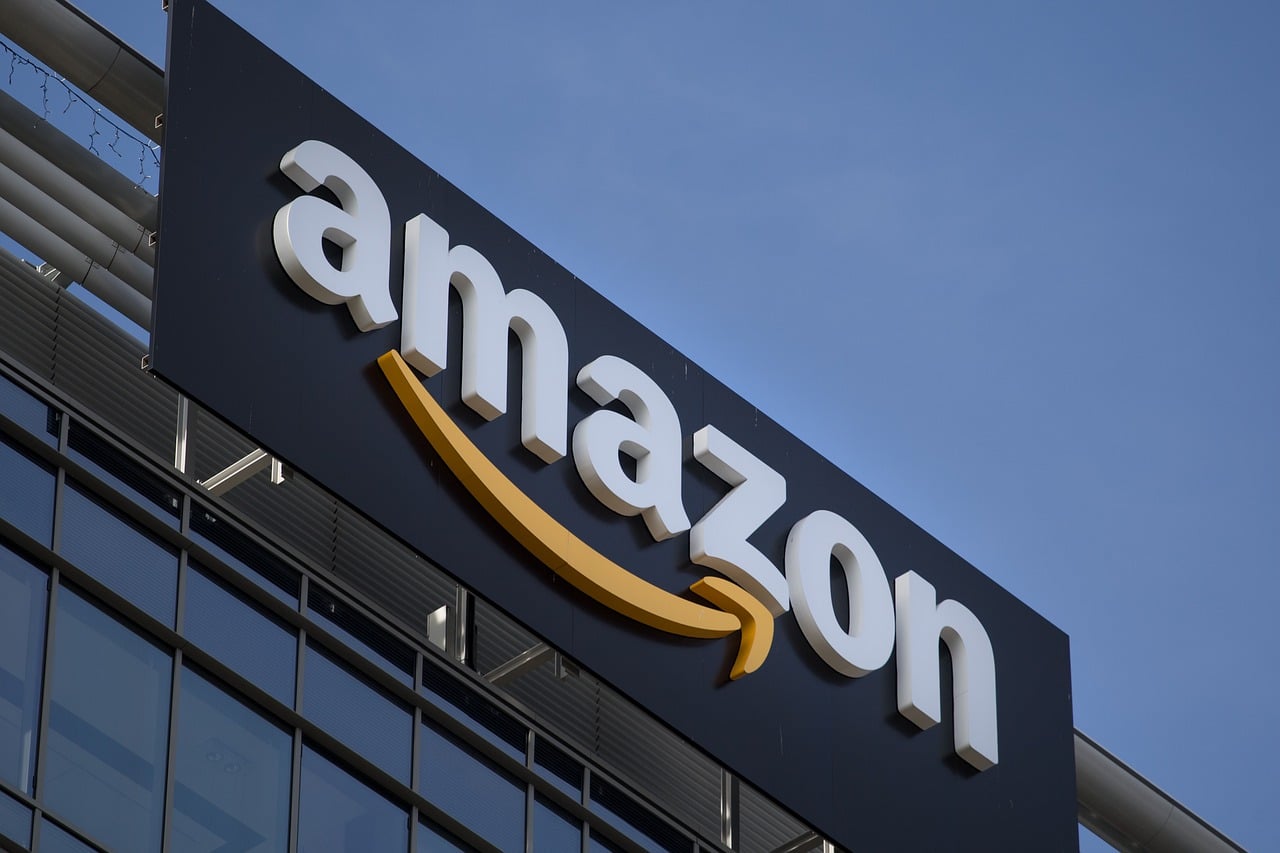
 Amazon (Amazon Stock Quote, Chart: NASDAQ:AMZN) made headlines this week with a pledge to raise its US minimum wages to $15 per hour, a move that the e-commerce giant says will impact some 350,000 workers. What is the real impact of the Amazon minimum wage hike?
Amazon (Amazon Stock Quote, Chart: NASDAQ:AMZN) made headlines this week with a pledge to raise its US minimum wages to $15 per hour, a move that the e-commerce giant says will impact some 350,000 workers. What is the real impact of the Amazon minimum wage hike?
In reality, the move amounts to a great public relations coup, says entrepreneur and venture capitalist Bruce Croxon, who says the pay hike was inevitable. Amazon’s current minimum hourly wage starts at $11.00, still far ahead of the federally mandated minimum of $7.25. (All figures in US dollars.) The announcement came with a promise by the company to lobby Washington for an increase to the minimum wage along with Amazon calling on other big employers to hike their wages.
“We listened to our critics, thought hard about what we wanted to do and decided we want to lead,” said founder and CEO Jeff Bezos. “We’re excited about this change and encourage our competitors and other large employers to join us.”
And while the company says the increase will put more cash into the hands of 350,000 workers -250,000 employees in the US and another 100,000 seasonal workers— the pay hike won’t feature too heavily in the company’s bottom line, says Croxon, partner at Round 13 Capital, on BNN Bloomberg’s The Disruptors.
“I’m a huge admirer of the company and I think this was another brilliant move in a series of brilliant moves,” says Croxon. “[But] this was more about PR than anything else because they have been under some attack for their labour practices and one area that Amazon continues to come under scrutiny for is how hard they work their people and in this case how little they pay them. So, it was about time that this happened.”
“Don’t forget that the unemployment rate in the United States is quite low and so supply and demand would dictate that the wages would have to go up anyway,” he says.
Amazon follows other big US retailers who have recently announced wage hikes including Walmart, which earlier this year raised its minimum pay from $9 to $11, and Target, which raised its minimum from $11 to $12 and plans to hit $15 by 2020.
Amazon minimum wage was already close to $15, anyway
Croxon says, “If you double-click on what [Amazon] actually pays company wide and take out the part-time workers, who have really taken it on the chin —if you work for Amazon [part-time] you don’t get paid much, but now that’s going to be addressed— the average was close to $15 anyway. I don’t think it’s going to do a big amount of damage to their operating expenses but I think it was long overdue and a good PR move.”
“Remember, another fight they’re fighting on the PR front is that they’re responsible for taking a lot of labour out of the market, so the ones they have left, let’s pay them well,” says Croxon.
Leave a Reply
You must be logged in to post a comment.





 Share
Share Tweet
Tweet Share
Share




Comment